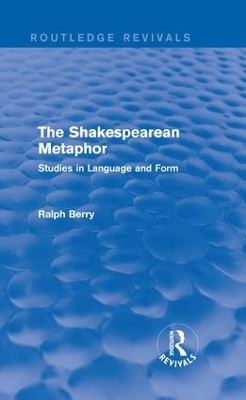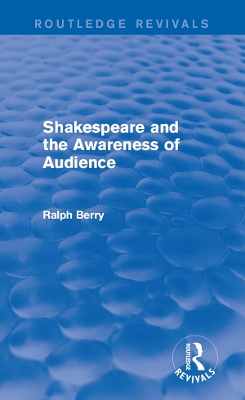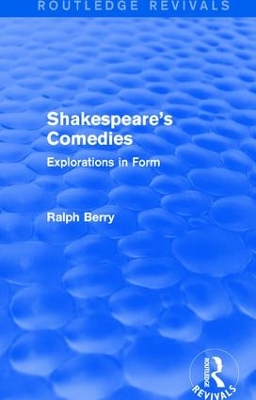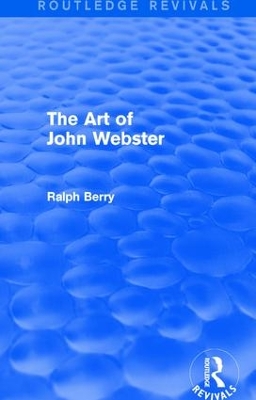Routledge Revivals
4 total works
First published in 1978, this book represents a study of the ways in which Shakespeare exploits the possibilities of metaphor. In a series of studies ranging from the early to the mature Shakespeare, the author concentrates on metaphor as a controlling structure - the extent to which a certain metaphoric idea informs and organises the drama. These studies turn constantly to the relations between symbol and metaphor, literal and figurative, and examine key plays such as Richard III, King John, Henry V, Romeo and Juliet, Troilus and Cressida, and Coriolanus. They also provide a key to The Tempest which is analysed in terms of power and possession - the dominant motif.
This book, first published in 1985, explores the consciousness and the experience of Shakespeare’s audience. First describing the stage’s physical impact, Ralph Berry then goes on to explore the social or tribal consciousness of the audience in certain plays. The title finishes by examining the masque – the salient form of the Jacobean theatre. This title will be of interest to students of literature and theatre studies.
In this lucid and original study, first published in 1972, Ralph Berry discusses the ten comedies that run from The Comedy of Errors to Twelfth Night. Berry's purpose is to identify the form of each play by relating the governing idea of the play to the action that expresses it. To this end the author employs a variety of standpoints and techniques, and taken together, these chapters present a lively and coherent view of Shakespeare's techniques, concerns, and development. This title will be of interests to students of literature and drama.
@text: The Art of John Webster, first published in 1972, is a study of the three extant plays of Webster known to be solely his work. These plays are seen as attempts to achieve in literature the effects of the baroque, a term which related Webster to the larger developments of European art. Their content is analysed in terms of a consistent opposition between evil and the law. The book seeks to re-establish a base for the claims that must be made for Webster as a serious artist. This title will be of interest to students of literature and drama.



